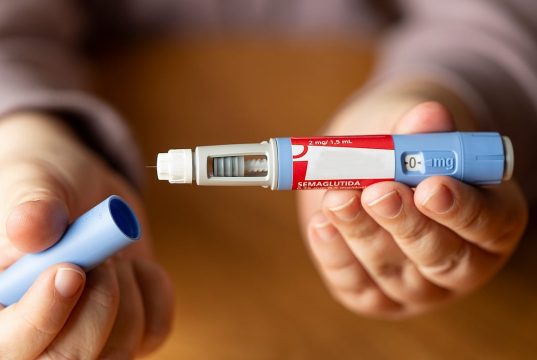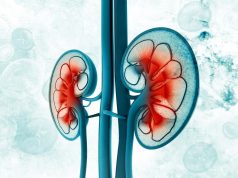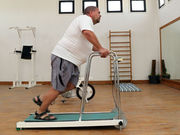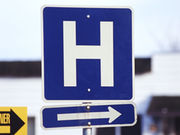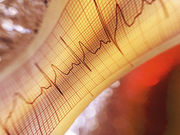Clinician Job Satisfaction Linked to Improved Burnout Scores
Reduced intention to leave practice for clinicians who report increased job satisfaction during follow-up
Yoga Plus Aerobics Beneficial in Coronary Heart Disease
Greater improvement in CHD risk factors for combined intervention versus either alone
Key Stakeholders Discuss How to Make EHRs More Usable
Stakeholders, physicians discuss EHR usability and optimization, rules for releasing test results
MRI Findings Prognostic for Long-Term Recovery in Cardiac Arrest
Cerebral functional network connectivity shows potential in anoxic-ischemic encephalopathy
More Penalties With Hospital-Wide Readmission Measure
Increase in number of hospitals eligible for penalties, in penalty disparity for safety-net, other hospitals
MACE Risk Similar for White Men, Women, Minorities After PCI
But women and minorities have higher adjusted risk of death/MI after PCI with everolimus-eluting stent
Conditions Tied to Clinician Dissatisfaction Are Modifiable
Improving workplace satisfaction directly tied to reduced clinician burnout
Diabetes Ups Risk of MACE in Acute Coronary Syndromes
Diabetes, but not pre-diabetes, tied to increased risk of major adverse cardiac events in adjusted model
Tau May Predict Neurological Outcome After Cardiac Arrest
Increased serum tau is associated with worse outcome six months after cardiac arrest
Appropriate Use Criteria Developed for Aortic Stenosis Tx
SAVR or TAVR appropriate for most patients with symptomatic AS at intermediate or high surgical risk


